As leaves begin their descent, coloring the landscape in hues of ember and gold, the air whispers of change. The Fall Equinox marks this shift, a celestial cue to balance light and darkness within us. More than just a seasonal segue, it heralds the festival of Mabon. A time steeped in rich tradition and mystical reverence, resonating deeply in the heart of pagan festivals.
The Fall Equinox: A Celestial Prelude
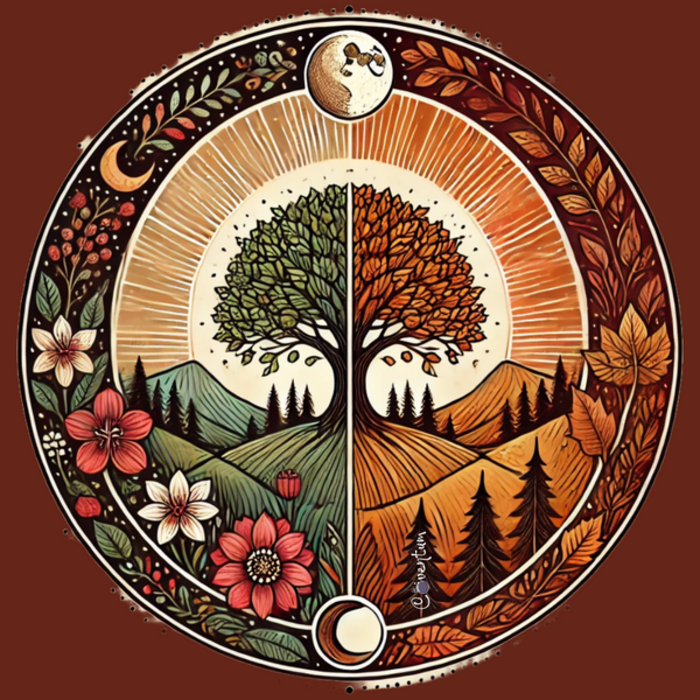
The equinox, occurring annually around September 22, brings about an equilibrium where day and night grapple for dominance, only to find themselves in harmony. This moment encapsulates a perfect balance, setting the stage for the deeper, reflective period of Mabon. As we gather the last bounties of summer, the equinox reminds us to prepare. Both physically and spiritually, for the cooler, introspective months ahead.
Mabon: The Feast of the Second Harvest
Within the Wheel of Year, Mabon is a pivotal moment. It is a second harvest festival where the fruits of agricultural labors are celebrated and shared. But what exactly is Mabon? Rooted in ancient traditions, Mabon is not just a celebration but a thanksgiving. A time to honoring the fading sunlight and the bountiful harvest with an array of Mabon foods and communal gratitude.
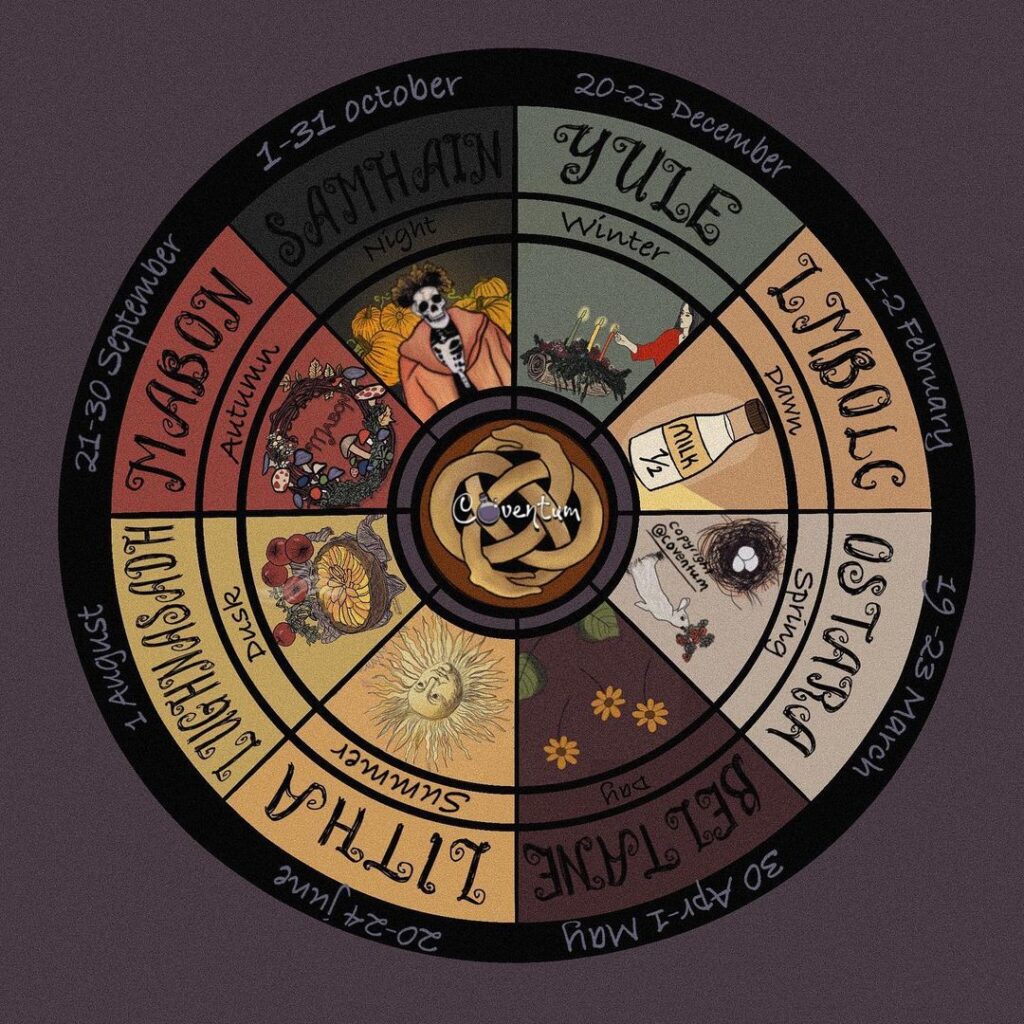
Tracing the Roots: The Lore and Legends of Mabon
Mabon’s origin weaves through tales of Celtic gods and goddesses, echoing the rhythms of the earth. The stories of Mabon highlight a tapestry of mythology where deities oversee the cycles of growth and decay. This period is richly intertwined with tales of the Welsh god Mabon ap Modron, whose name means “son of the mother.”
Modron, a figure of fertility and the earth, appears prominently in Welsh mythology. Her son, Mabon, gets taken away from her just three days after his birth. As a mythic theme of loss and eventual return, much like the fall and rebirth of the seasons. The narrative follows Mabon’s eventual rescue, which coincides with the themes of release and liberation. All about reflecting the essence of the autumnal season.
The mythology of Mabon beautifully illustrates how the Celts revered these divine cycles, celebrating with Mabon rituals that blend reverence with merriment.
Symbols and Signs: Decoding Fall
Mabon’s symbols are as rich and varied as its history. Apples, symbolizing knowledge and magic. Corn is the staple of sustenance. You can use these elements on Mabon altars. Also, surround them by Mabon plants like marigold and sage. Mabon incense often wafts through the air, mingling scents of cinnamon and nutmeg, enhancing the spiritual ambiance. Each symbol invites a deeper connection to the spiritual aspects of fall. For the natural stone enthusiasts, Mabon stones are amber and quartz. Their colors can also give you hints for the colors of the autumnal equinox—rich golds, deep reds, and the burnt oranges that paint the landscapes.

Traditions and Customs
To celebrate Mabon, one need not look far for inspiration. The festival itself offers a spectrum of activities from crafting Mabon recipes—think warm, spiced pumpkin soup and hearty breads—to fashioning garlands from the last blooms of aster and marigold. Creating a Mabon altar serves as a focal point for personal and communal reflection, adorned with elements that resonate with the energies of harvest and balance.
Suggestions for a Modern Mabon Celebration
Celebrating Mabon doesn’t have to adhere strictly to ancient rituals; it can be a blend of old traditions and modern adaptations that resonate with personal beliefs and lifestyles. Here are more detailed suggestions and examples for incorporating the spirit of fall into contemporary life:
Decorate Your Home
Transform your living space to reflect the essence of Mabon. This could include symbols of the harvest—cornucopias, autumn leaves, and acorns. Or craft door wreaths. Use vines like ivy or grapevine as a base, decorating with acorns, cinnamon sticks, dried slices of oranges, and sprigs of rosemary or thyme. This not only looks festive but also welcomes guests with the aromatic richness of fall.
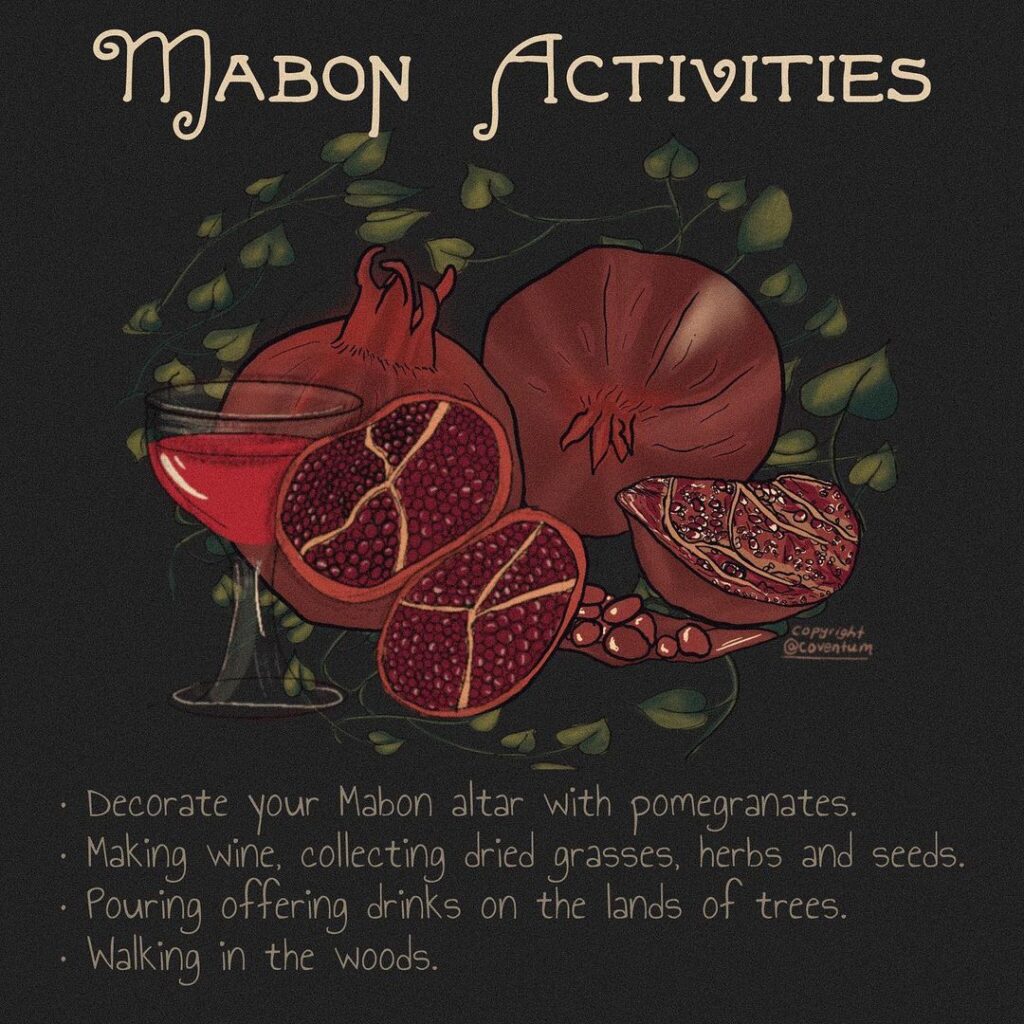
Host a Mabon Feast
Invite friends and family to a feast, where each guest brings a dish that celebrates the harvest. Examples include; roasted butternut squash soup, apple and pomegranate salad, or a hearty vegetable and barley stew. Sweet are a must. Apple crumble, pumpkin pie, or pear and ginger tart are perfect choises. For the drinks, a good old spiced pumpkin latte is simple yet perfect. This gathering not only honors the tradition of community sharing but also allows for the discovery of new recipes and flavors.
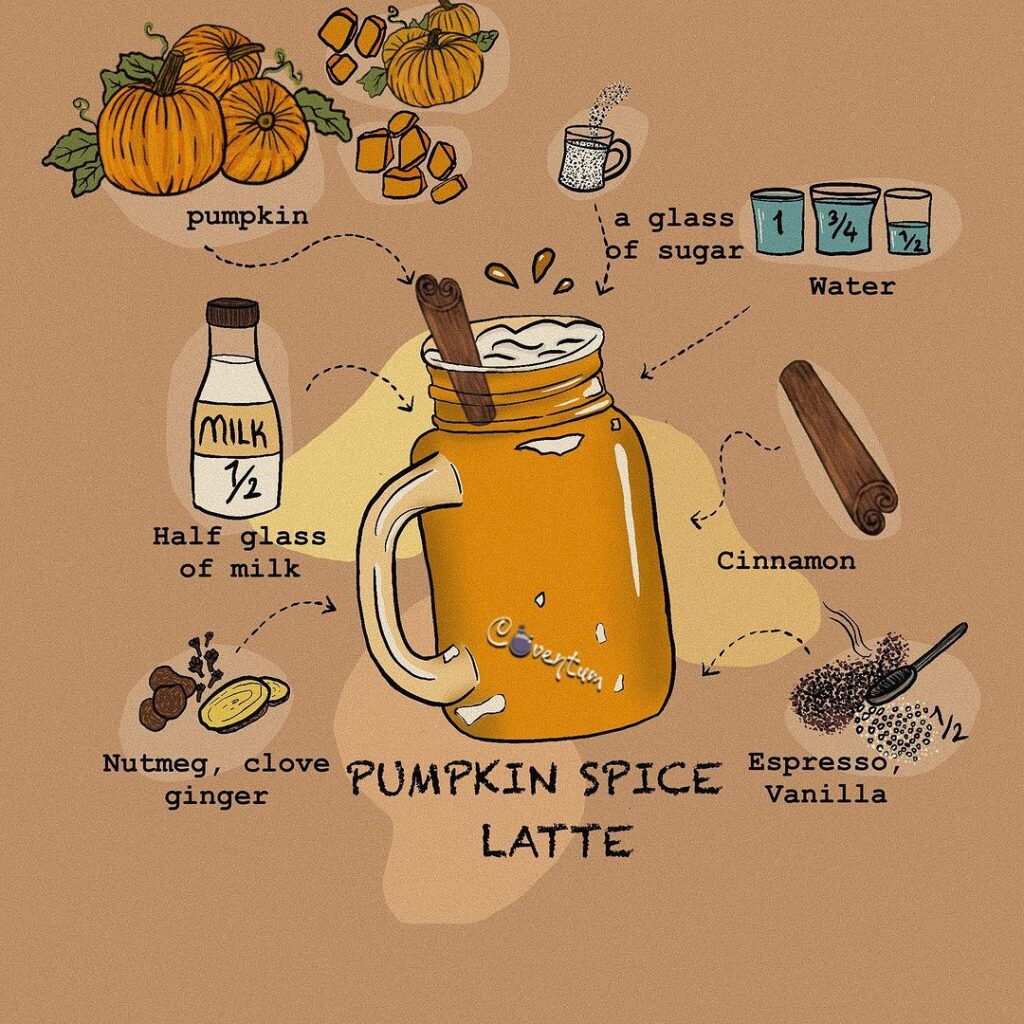
Mabon Nature Walks and Scavenger Hunts
Organize a nature walk or a scavenger hunt in a local park or forest. You might include tasks such as: Finding various types of leaves, acorns, or seeds. Fall is a great time to make herbal sachets. Fill small cloth bags with dried herbs like sage, mint, and cinnamon. These sachets can be used to scent drawers or given as gifts.
Spiritual Reflection and Setting Intentions
Mabon is a time for giving thanks and reflecting on the past year’s abundance and challenges. It’s also an ideal time for setting intentions for the coming months. You can do this by writing down what you are grateful for from the past year and what you hope to achieve by the next Mabon. Or create a vision board that represents your goals and aspirations for the upcoming months.
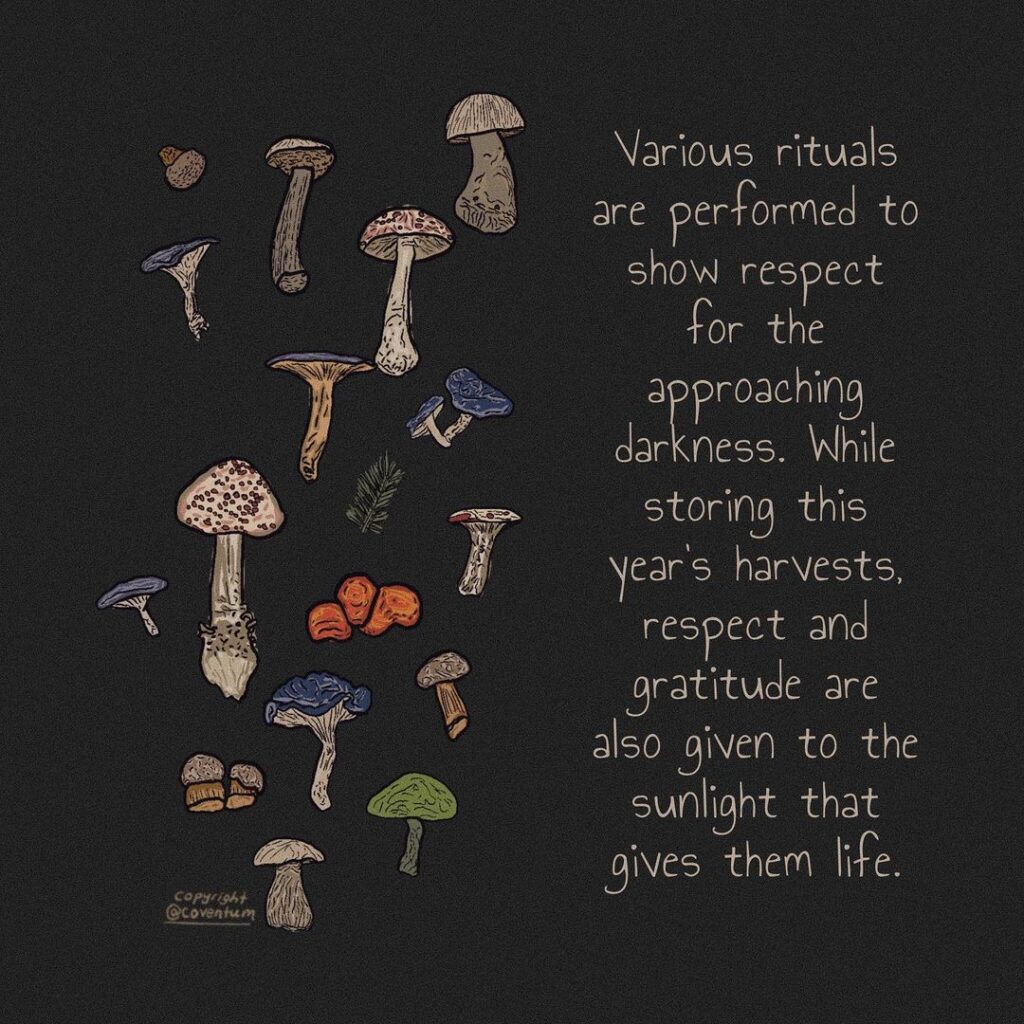
When is Mabon 2024?
This year, Mabon falls on September 21, aligning closely with the equinox. It’s a perfect time to align your activities with the natural balance of this season. Whether you’re a seasoned celebrant or new to pagan Mabon rituals, this festival offers a profound way to connect with the rhythm of the earth and its cycles of renewal and release.
As the wheel turns, Mabon reminds us of the impermanence of all things and the beauty of letting go. This pagan holiday resonates with those who find spirituality intertwined with the natural world, offering a moment of reflection, gratitude, and connection.

[…] chill fills the air. The veil between our world and the next becomes thin, and the magic of Mabon beckons us to celebrate the autumn equinox. But what better way to embrace this enchanting fall […]
[…] Autumn Equinox (Mabon) […]
[…] 19 – 22), Beltane (May 1), Lithia (June 19 – 23), Lughnasadh or Lammas (August 1), Mabon (September 21 – 24), and Samhain (November […]